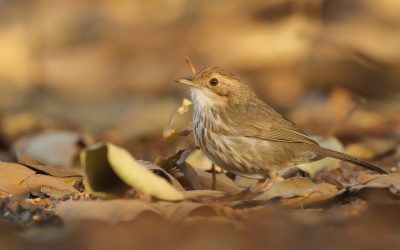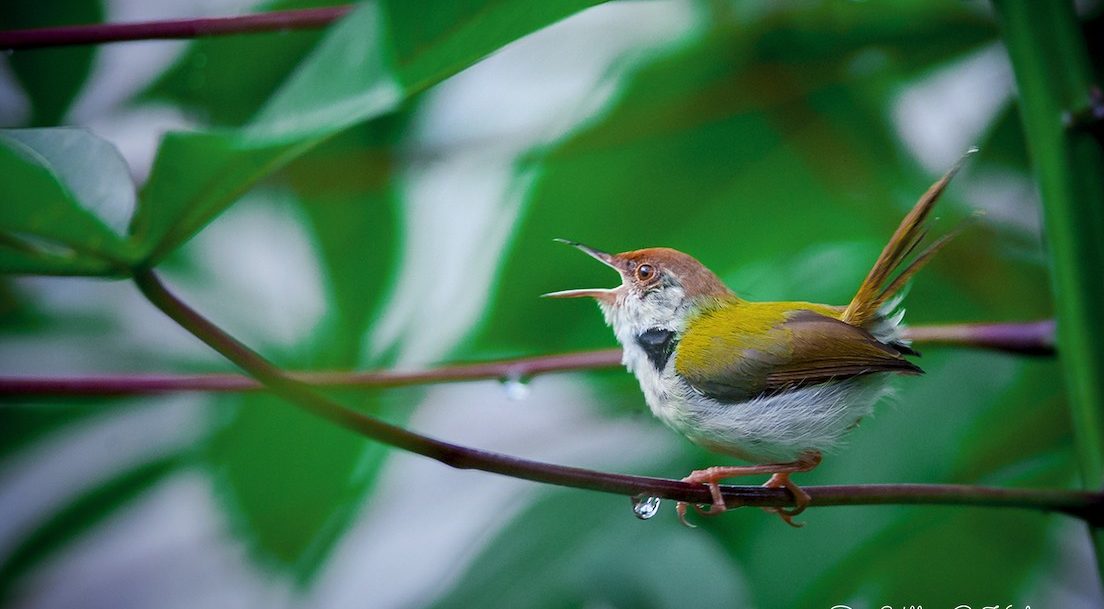In the second part of the Getting Started series, we had looked at what all one needs to get started with birding. As an extension, here are a few resources that will come in handy for birders of all ages and levels of experience.
Quick Links:
| Books | |
| Apps | |
| Image repositories | |
| Audio repositories | |
| Journals/Newsletters | |
| Web-based Resources | |
| Social Media |
These days, birders of all ages have a pool of resources about our birds that they can pick and choose from. These include a range of field guides (available both in print and digital form), mobile apps, online journals, websites and databases, social media, and more. Here are a few resources that birders can use to learn more about Indian birds and sharpen their bird knowledge in general.
If you like books…
While not many birders carry books in the field, they remain the standard source of information for most (albeit often as a reference at home) and the most popular and standardised source for knowledge regarding bird identification. The two major field guides that are largely up to date with the taxonomy of the region are Grimmet, Inskipp & Inskipp’s Birds of the Indian Subcontinent (Popularly known as Grimskipp) and Rasmussen & Anderton’s Birds of South Asia – The Ripley Guide.
If you’re looking for an easy-to-use guide that depicts diagnostic identification markers through text and illustrations, and includes calls and range maps as well, then Grimskipp is the guide for you.
However, if you want to delve further into more detailed identification notes, notes on behaviour, habitat, occurrence, measurements, sonograms, subspecies, etc – then the two-volume Birds of South Asia makes for a worthwhile investment. Volume 1 of this book is the illustrated field guide that is a standard size for use when you are out birding but it is volume 2 that really comes in handy. Heavy and large, volume 2 is not illustrated but contains fairly comprehensive and detailed notes on all the species recorded on the Indian Subcontinent up until its publication. Volume 1 and 2 of Birds of South Asia are meant to be used together and are hence, bought together. If you’re interested in more than just basic identification, then Birds of South Asia might be the book for you.
Kazmierczak’s A Field Guide to the Birds of the Indian Subcontinent is another easy-to-use guide but at almost 2 decades old, it is quite out of touch with the current taxonomy.
Caveat: Before buying a field guide, use one and see what feels easiest for you to navigate through. Things such as style of writing, range maps and colours, index layout, etc can be very important when using a guide in the field.
If you are new to birding, a good idea may be to start with Sálim Ali’s Book of Indian Birds, or Woodcock’s Collins Handguide to the Birds of the Indian Sub-continent. Both provide an introduction to the common birds around us with easy-to-understand text about identification and behaviour. The illustrations in the Collins’ Handguide are very nice as they try to depict birds in their habitats and showcase typical behavioural aspects. Ali’s Book of Indian Birds has more detailed text.
There are several regional guides (some in non-English languages) and some photographic guides (which use photographs instead of illustrations) well. Neither is covered here, but do consider them too.
Early Bird develops a variety of educational material to introduce birds and birdwatching to kids and young people.
Quick links:
- Birds of the Indian Subcontinent
- Birds of South Asia – the Ripley Guide
- Field Guide to the Birds of the Indian Subcontinent
- Book of Indian Birds
- Collins Birds of India Pocket Guide
If you prefer apps…
If you wish to have a field guide on your phone, then the Birds of the Indian Subcontinent might be the perfect option for you. It is essentially the e-book form of the popular Grimskipp guide but adds some useful features such as those to compare species directly and the ability to listen to bird calls.
Vannya is another app designed for birders and provides information on all the subcontinental species including a selection of photographs and calls.
Merlin is a free app, which covers various specific regions of the world. In Feb 2020, Merlin released a pack covering most Indian species — photos, sounds, distribution and textual description.
Quick links:
Note: Most Indian birds have a page on Wikipedia and can be found on their List of Birds of India.
If you just want to look at photographs and listen to bird sounds…
Images:
There are a number of online databases that host images and sounds of various birds. For India and the oriental region at large, few image databases are as reliable as Oriental Bird Images (or OBI). Covering almost all species of the region, this database includes images from a number of photographers across the region who submit their images either directly or through the Oriental Bird Club mailing list.
Audio:
Xeno-Canto is probably the world’s largest and most reliable database for sharing audio recordings. Besides being a free and open platform, it’s forums are also popular amongst recordists and birders for sharing knowledge about bird calls, audio recording, etc.
Images and Audio:
The Internet Bird Collection (or IBC) is another popular database that archives a large number of bird images, video and sounds. Accessing and contributing to the database is free as long as one has an account (creating one is also free!).
The Macaulay Library is also a large archive of bird sounds and images, as well as some videos. Access is free for anyone and contribution to the archive is made easy using eBird (more about that below).
Quick links:
If you want (almost) everything rolled into one…
eBird is an impressive bird database. It is essentially a platform where a birder can upload his or her observations along with media and watch it all come together to offer a plethora of information.
Under the Explore tab on eBird, one can see various options including checklists for regions, birding hotspots, images and audio, as well as species maps, seasonality and other species information. The database itself is free and an incredibly powerful resource for a birder when combined with a field guide.
For keeping lists or collating sightings, eBird is a highly recommended platform. Lists can also be uploaded using the eBird mobile app.
Journals and reports
Indian BIRDS journal is a bimonthly journal that publishes articles on the ecology, behaviour and taxonomy of South Asian birds, as well as reports of ornithological significance. It is available online and is free to download.
Forktail is a journal for Asian Ornithology, published annually by the Oriental Bird Club. See also: BirdingASIA.
If you are keen on reading trip reports, online websites such as cloudbirders and surfbirds are useful resources.
To seek information in a journal about a particular species or topic the Bibliography of South Asian Ornithology website is the place to go.
Social Media
Social media networks such as Google and Facebook are important resources amongst today’s birders. Ask among your local birders for birding-related regional Whatsapp or Facebook groups. India-wide Facebook groups such as Indian Birds and Ask IDs of Indian Birds are extremely popular.
Mailing lists such as Delhibirdpix and Bngbirds continue as forums for announcements and discussion.
Archived Books
Some valuable books and writings written by early, often pioneering, birdwatchers and ornithologists are available to view and download on the Internet Archive and the Biodiversity Heritage Library. Here, one can access the works of Hugh Whistler, Salim Ali, TC Jerdon, Douglas Dewar, and others.





Ii nice initiative
I just stumbled upon this post. When it comes to mobile app for Indian birds; from last 10 years or so; I’m using Indian Birds app on android by Nature Web which is also ranked at #1 with most downloads on Google play store. Somehow, I don’t see it here in the list.
This is the app I’m talking about – https://play.google.com/store/apps/details?id=com.kokanes.birdsinfo
I mean you noticed Vannya app which has 50K+ downloads, 943 reviews and average rating of 4.2 but did you not noticed – Indian birds having 1L+ downloads, 1884 reviews and average rating of 4.4 – as of today. I’m little surprised!